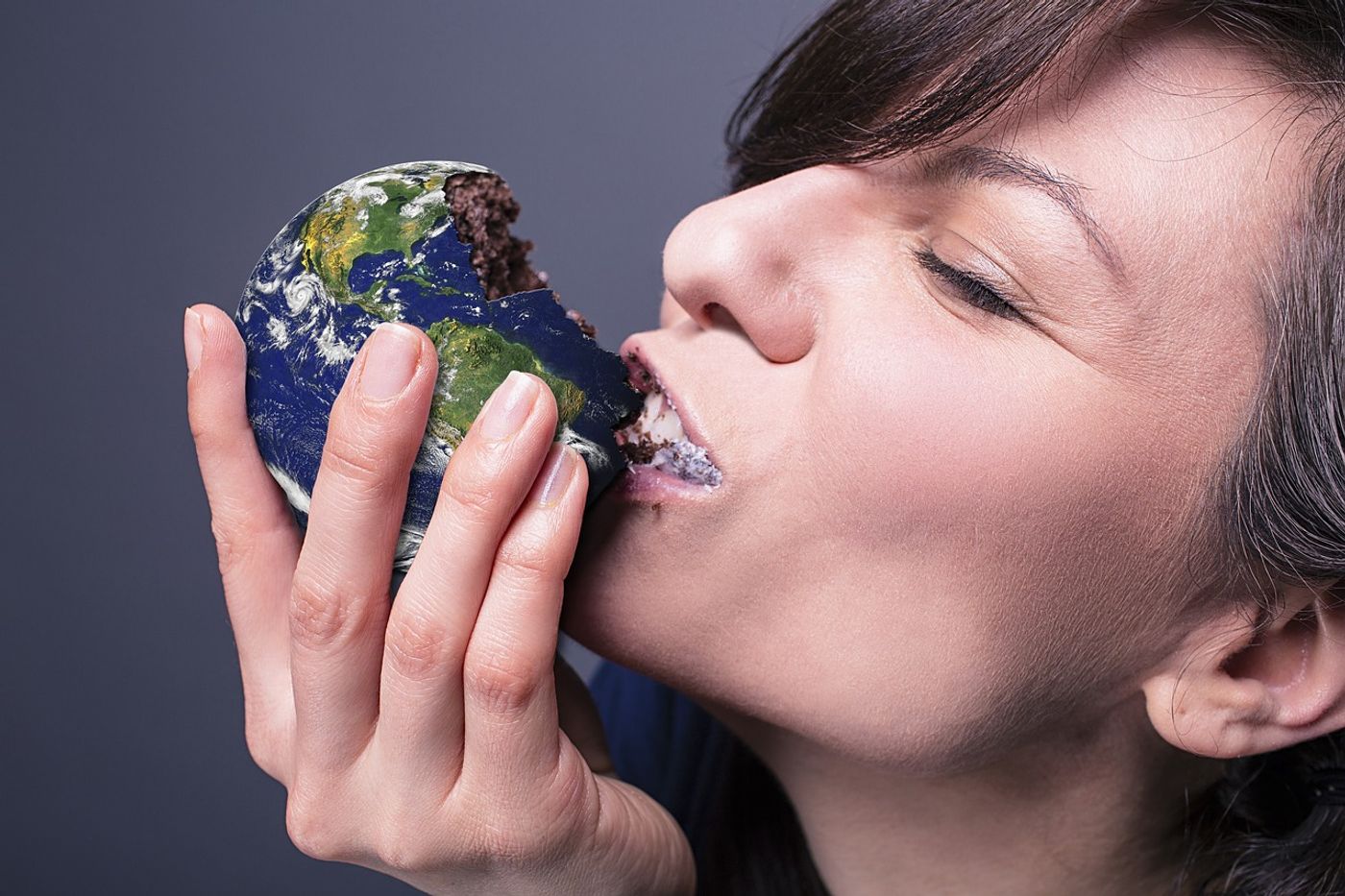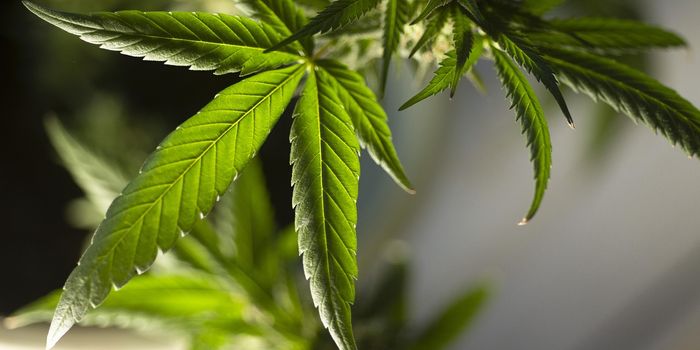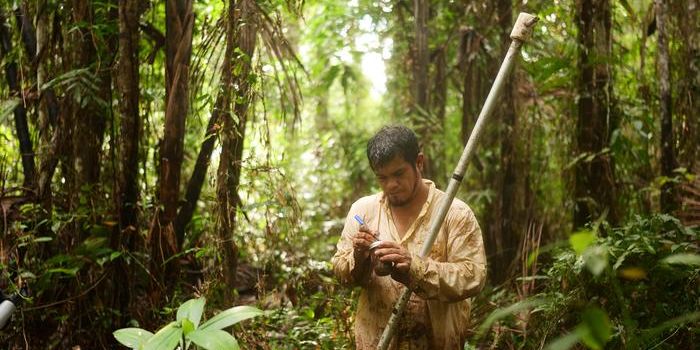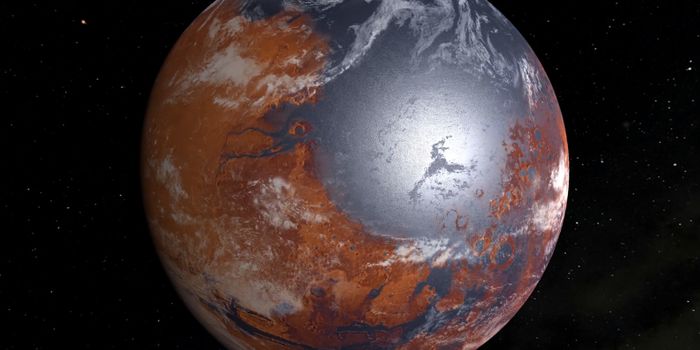Food's Environmental Stain
In a recent study published in Nature Sustainability, an international team of researchers led by the University of California, Santa Barbara (UCSB) mapped the worldwide environmental “footprint” of food production. This study holds the potential to help us better understand how food production impacts the environment and steps we can take to mitigate it.
"Everyone eats food, and more and more people are paying attention to the planetary consequences of what they eat," said Dr. Ben Halpern, who is a marine ecologist at UC Santa Barbara, and lead author of the study. "The individual choice of eight billion people adds up and we need to know the overall impact of total food production -- not just per pound -- especially when setting food policy."
In this first-time study, Dr. Halpern and his colleagues at UC Santa Barbara’s National Center for Ecological Analysis & Synthesis (NCEAS) successfully mapped the environmental “footprint” for all food production, on both land and in the ocean.
"Did you know that almost half of all environmental pressures from food production come from just five countries?" said Dr. Halpern.
The study’s findings proved to be astonishing.
"Cumulative pressures of food production are more concentrated than previously believed, with the vast majority -- 92% of pressures from land-based food production -- concentrated on just 10% of the Earth's surface," said Dr. Melanie Frazier, a research scientist at NCEAS, and a co-author on the study.
"The environmental efficiency of producing a particular food type varies spatially, such that rankings of foods by efficiency differ sharply among countries, and this matters for guiding which foods we eat and from where," said Dr. Halley Froehlich, who is an assistant professor in environmental studies at UCSB, and a co-author on the study.
The researchers noted that “These disparities provide the foundation for efforts to steer consumption towards lower-impact foods and ultimately the system-wide restructuring essential for sustainably feeding humanity.”
Sources: Nature Sustainability
As always, keep doing science & keep looking up!









